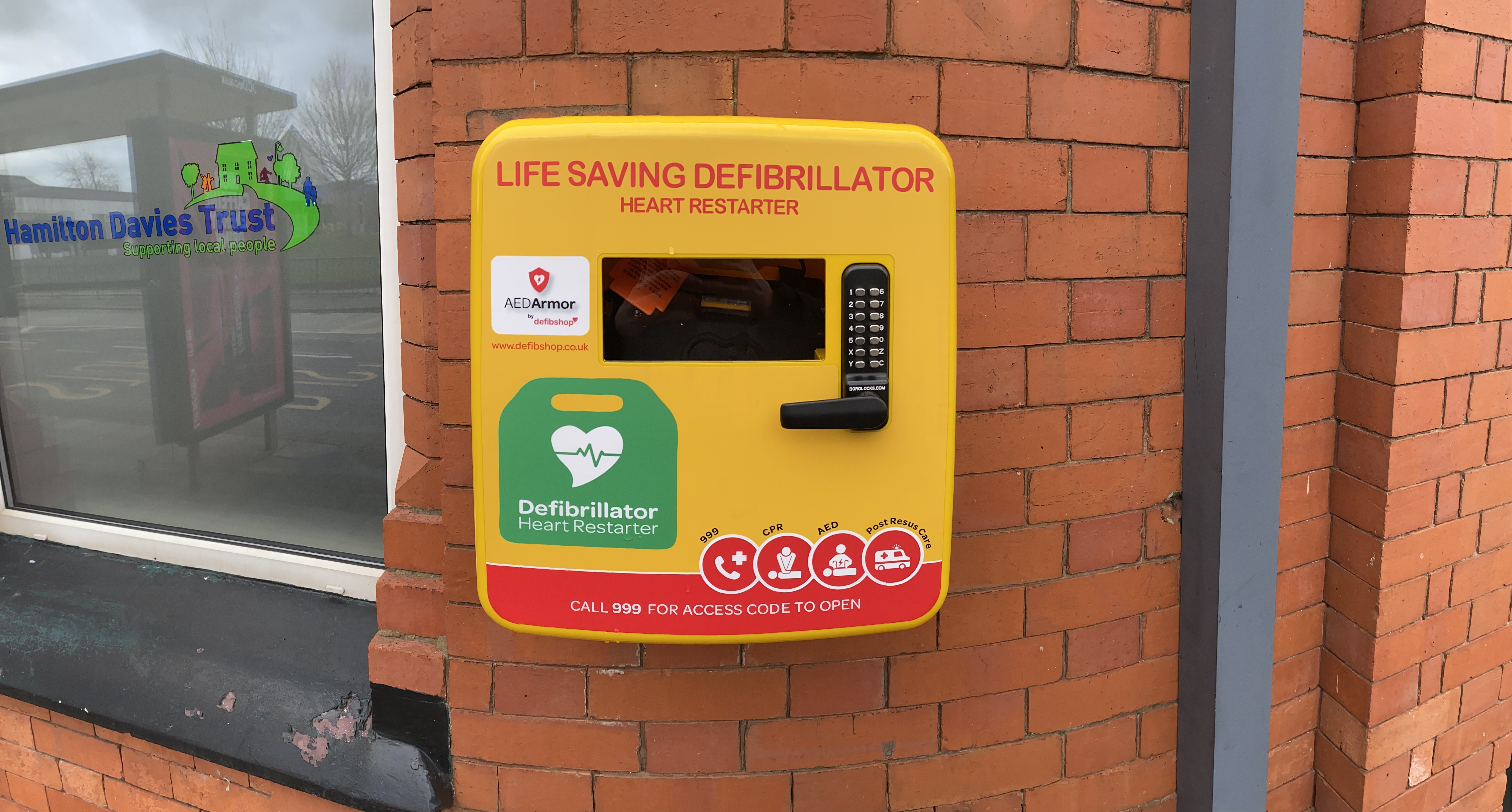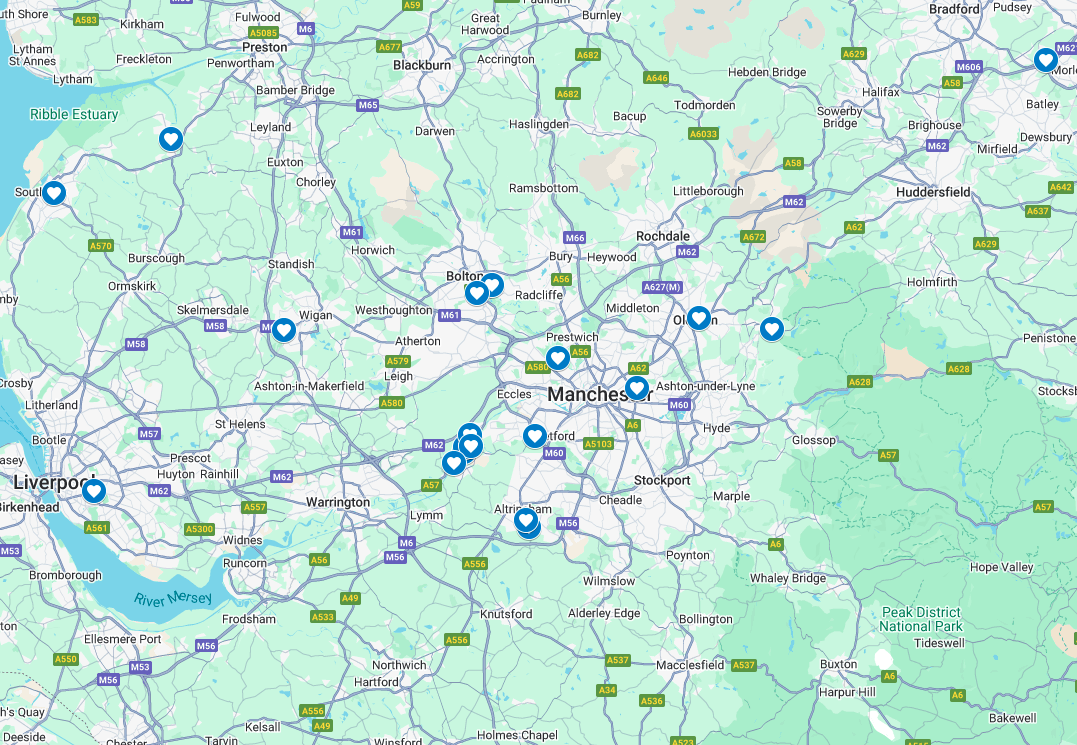Summer Prep: How Important Are AEDs in Hotels?

Good location, comfortable mattresses, soft, sandy beaches; there are many things you trawl hotel reviewing websites for to make sure your potential holiday hotel has everything you could possibly need for a week of bliss.
But of all the hotels you consider, how many do you check have an accessible AED on site?
It may be a factor you’ve never thought to include on your hunt for the perfect holiday, but the unfortunate fact is that cardiac arrest can occur at any time and any place, claiming the lives of 30,000 British people alone each year, regardless of how far away from home you are.
What are the Risks?
Sadly, everyone is at risk of suffering a cardiac arrest, from young children to the elderly. They are often triggered by an underlying heart condition which can be unknown; however they can occur without warning from something as simple as suffering a blow to the chest.
For every minute a casualty is in cardiac arrest without treatment, chances of survival decrease by 10%. Should a cardiac arrest occur on the hotel grounds, a defibrillator needs to be at the scene and analysing the victim within 3-5 minutes of collapse in order for survival rates to reach 74% - a figure only possible if an AED is made available within the resort.
Ambulance response times differ within each country, and dependent on how remote your resort is, you want to have the confidence that the life-saving equipment is available to use in the event of an emergency.
Notable Action
Big hospitality names and popular holiday destinations have already taken action into ensuring the safety of their employees and the guests by creating defibrillator hot spots throughout their resorts. Disney has implemented one of the largest corporate Automated External Defibrillator programs in the USA with 500 AEDs installed at Walt Disney World, Orlando; Disneyland, Anaheim; on all Disney Cruise Line ships and on Disney’s private island Castaway Cay.
Several hotels throughout the United States which have installed AEDs have seen dramatic results with 6 of 7 victims of cardiac arrest in the past 5 years being revived using the hotels accessible defibrillator.
Leading resorts such as Sheraton Hotel are part of growing number of hotel chains which also have taken the steps to have an AED program in place to ensure they are prepared for a cardiac arrest by having the only definitive treatment made available in the event of an emergency.
Essential Precautions
It is vital for all large public locations including hotels, catering facilities and convention centres to be equipped with defibrillators for the protection of their guests, conference attendees, day visitors and users of the hotel’s fitness facilities, golf courses and pools. It should be a priority for hotels not only to protect those who stay at their establishment on a leisure and business basis but also for their employees who will spend even more time in the hotel where they work than any individual guest.
So what can you do to ensure the hotel you pick is a Heart Safe environment?
Plan Ahead
AED Accessibility in your hotel is essential for your safety. If a defibrillator isn’t listed in the hotels description, send an email to enquire; not only will this get you your answer, it may also encourage the hotel to consider purchasing defibrillators to have on site for the safety of staff and guests.
Regardless whether you’re staying at a 5-star resort or a 2-star hotel, the value of every life is priceless which is why when it comes to heart safety, your hotel must have its guest’s and employee’s safety in mind when creating a home away from home.
We hope this blog article has encouraged you to think more about the hotel you choose before booking and taking the important safety steps to ensuring yours and your family’s health whilst holidaying.
If you would like to learn more about how AEDs can help when someone suffers from a Sudden Cardiac Arrest, take a look at our infographic which highlights the four steps you need to ensure the victim has the best chance of survival.












